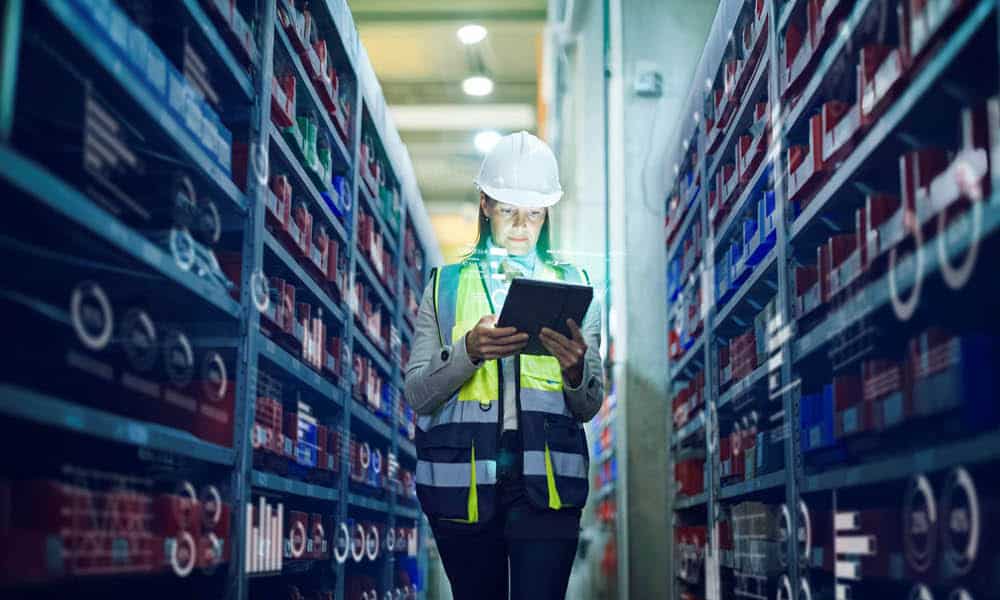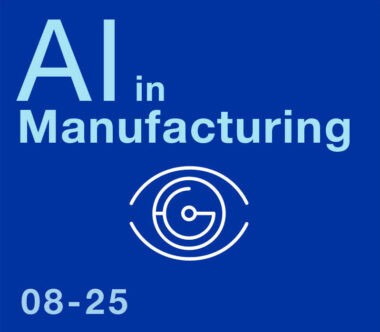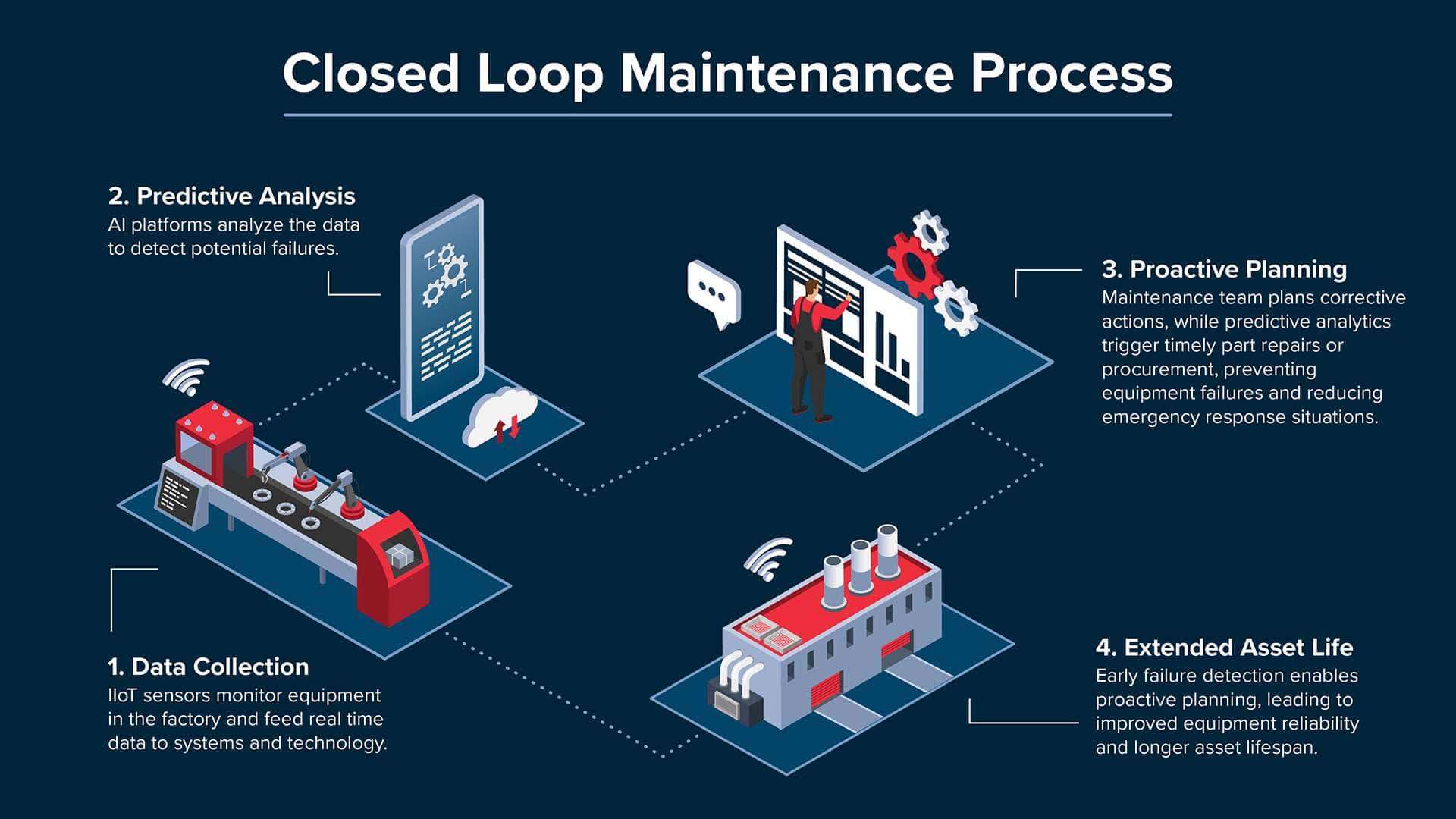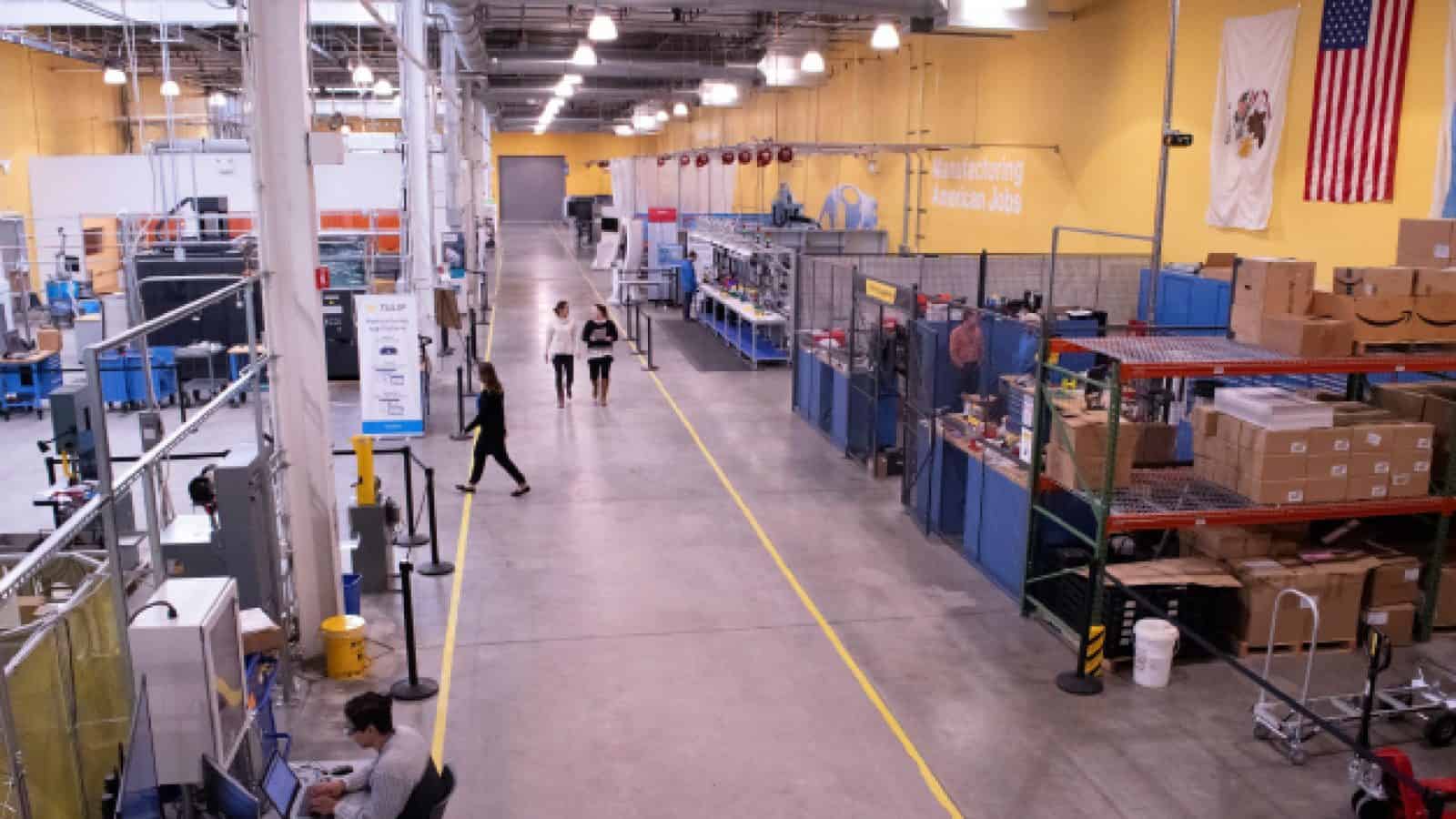Using AI to Boost Supply Chain Visibility and Resiliency

AI overcomes traditional supply chain limits with real-time insights, automation, and predictive tools.

TAKEAWAYS:
● AI provides proactive intelligence that can overcome visibility and resilience gaps in traditional supply chain data.
● AI enhances supply chain visibility by delivering real-time insight and automation, driving faster, smarter decisions across the supply chain with live data and predictive modeling.
● AI helps strengthen and optimize internal operations, leading to reduced downtime and improving overall operational resilience.
The last decade has demonstrated why supply chain resiliency and visibility are critical. Manufacturing organizations across all sectors have experienced significant disruptions, not only from the COVID-19 pandemic, but also geopolitical instability, labor strikes and climate-related events. In today’s interconnected world, a problem in one region can impact businesses globally.
Merely reacting to issues as they emerge is no longer a winning strategy. Companies need to anticipate disruptions and pivot proactively if they want to compete in the marketplace. Predicting supply chain issues and being proactive are key to prolonged success.
Fortunately, there is a solution that can be integrated into any company’s operations that provides rapid decision-making, creative problem-solving and anticipatory insights that drive meaningful impact.
What Are Supply Chain Visibility and Resiliency?
Before understanding how AI can transform supply chain visibility and resiliency, it’s important to define these two concepts and their connection. Visibility refers to the availability of real-time data and transparency across various supply chain nodes, from current inventory stock levels to ETAs for in-progress deliveries. On the other hand, supply chain resilience is a company’s ability to respond, adapt and recover in the event of a disruption. The faster operations are restored, the more resilient its supply chain is.
These two concepts are closely connected because greater visibility allows companies to react in the event of a disruption. For example, an unexpected shortage of components in Location A can be overcome much faster if planners have access to stock levels in other locations. With greater visibility into inventory at Location B, they can reallocate faster to correct the shortage at Location A, improving the company’s overall supply chain resiliency.
Challenges with Traditional Supply Chains
While once sufficient, traditional supply chain models now lack the visibility and resiliency needed for success in today’s environment for several reasons. First, traditional models are often siloed, with each location or production stream isolated from each other. This means planners at one site may have little insight into what is happening at the others.
Another disadvantage of 20th century operations management is its reliance on reactive models in which companies wait for problems to occur before acting. This keeps them on the defensive, losing time playing catch-up. Outdated systems without real-time monitoring also leave data gaps, hindering problem-solving and supply chain efficiency. By the time an analyst has exported historic data out of their ERP or CMMS, it is often too late to avoid impacting production.
Returning to the earlier example, a sudden shortage of a critical part at Location A could halt production. Because the hypothetical company lacks full supply chain visibility, planners may not realize that Location B has unused inventory available. Without a proactive strategy, the Location A team must wait for the new shipment of the part. And without real-time monitoring, no one knows when it will arrive, leaving the production line idle and triggering a company-wide domino effect.
How AI Enhances Supply Chain Visibility
Integrating AI into supply chains can profoundly impact visibility. Some key ways in which AI technology can improve global supply chain visibility include:
- Machine learning models can be trained to provide constant demand forecasting, shipment tracking and anomaly detection. This gives planners advanced insights to anticipate and identify issues before they escalate. For example, a consistently underperforming supplier can be flagged early, allowing contingencies to be established before disruptions occur.
- Computer vision systems integrated with AI can monitor warehouse inventory and track parts or product movement, even when usage is unreported. As stock levels of critical components dwindle, automated reordering systems can help prevent unexpected shortages.
- IoT-enabled equipment within production facilities can interface with AI platforms to collect and analyze data in real time, leading to better-informed predictions and decisions.
Using AI to Build a More Resilient Supply Chain
AI also serves many important functions in helping companies build more resilient supply chain operations:
- AI-driven simulations and digital twins let organizations stress-test various supply chain scenarios and ensure they are prepared. For instance, a manufacturer can simulate a production cycle and insert a disruption into the simulation to see likely outcomes.
- Predictive risk management modeling offers insights into probable scenarios like extreme weather patterns, geopolitical risks and transportation delays. Accurately predicting a major disruption allows time to prepare alternate plans.
- AI enables automated re-routing and decision-making based on live conditions. For instance, shipments can be redirected to minimize disruption from events like hurricanes or port shutdowns.
Connecting AI-Driven Supply Chain Resiliency to Industrial Maintenance and MRO Optimization
As important as it is to watch out for supply chain disruptions that originate outside the company, manufacturers also must be prepared for internal disruptions. Equipment outages can be just as devastating for manufacturing operations as weather patterns or part-sourcing issues.
Fortunately, AI plays a critical role in preventing these internal disruptions. Today’s IoT-enabled equipment uses sensors to feed real-time data on machine health, asset performance, and parts usage. Advanced AI platforms analyze this data to predict failures, allowing maintenance teams to plan preventive maintenance and keep machinery running longer.
This creates a closed-loop feedback system encompassing asset conditions, MRO inventory and supply chain response. It enables on-demand part ordering, optimized MRO inventory and fewer emergency repairs. By forecasting spare part usage from operational data trends, AI connects asset performance and field data with supply systems.

Implementing AI in Your Supply Chain: Considerations and Tips
If you want to leverage the power of AI and machine learning to make your supply chain more resilient and visible, keep the following in mind:
- Start by assessing data quality and integration readiness. Poor data quality has historically masked problems, but large language models are becoming increasingly adept at seeing through poor data quality.
- Choose platforms that support modular AI adoption, so you can test performance in certain areas before scaling enterprise wide.
- Build internal capabilities or choose a partner that has experience with AI to speed up adoption, especially helpful for smaller manufacturers.
Why AI Is No Longer Optional
Forward-thinking manufacturers cannot afford to adopt a passive stance on AI integration. AI is now essential for enhancing supply chain visibility and resilience, empowering businesses to navigate disruptions more efficiently than ever.
About the author:

Edwin Good is the MRO & Supply Chain Director at Advanced Technology Services, Inc.
